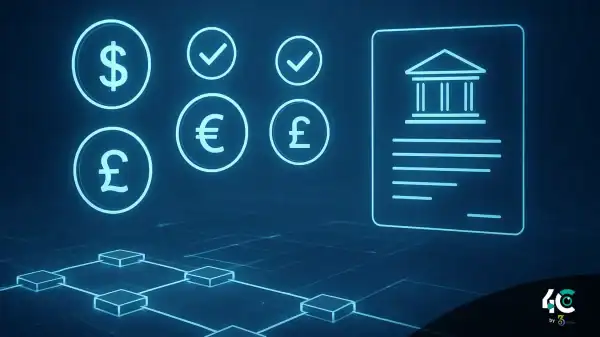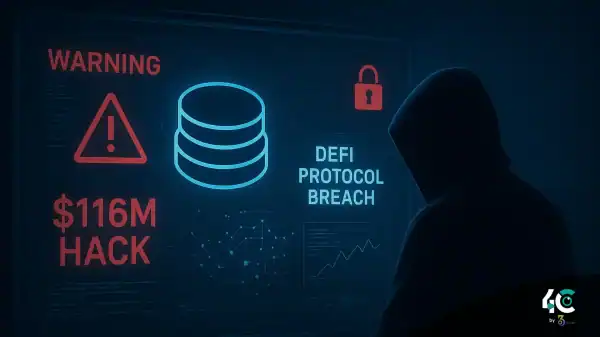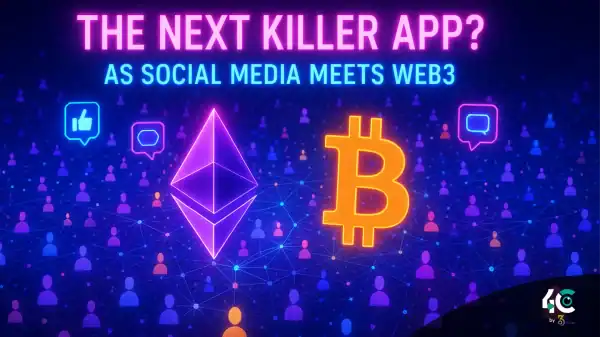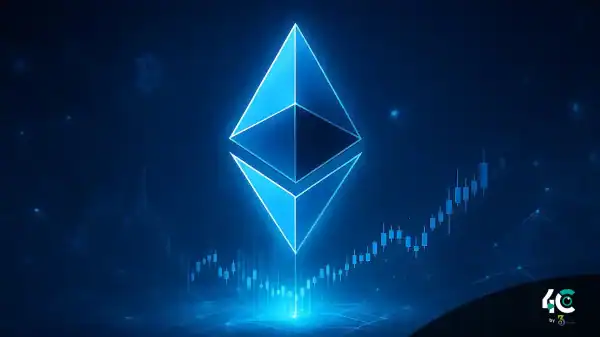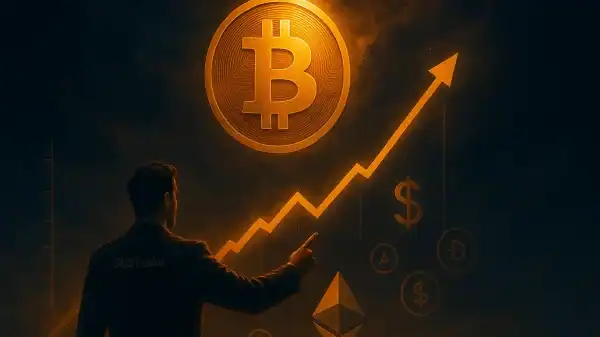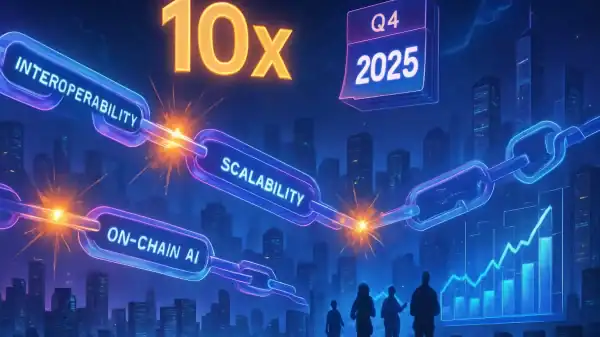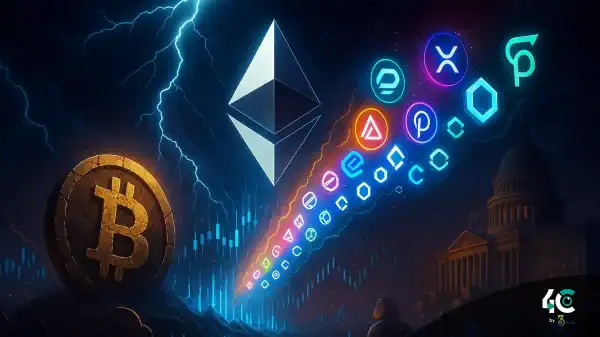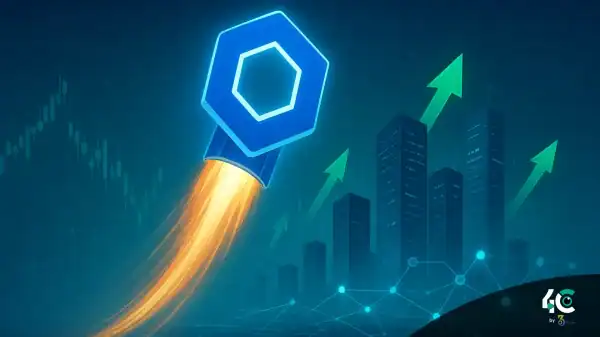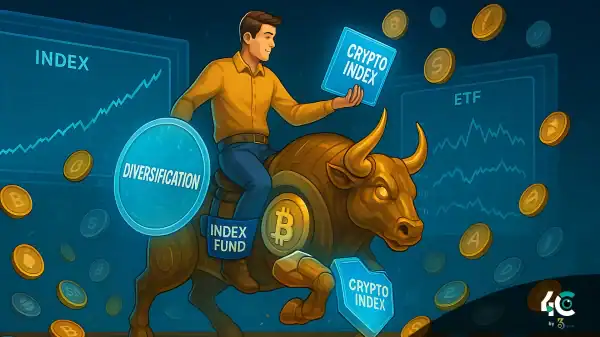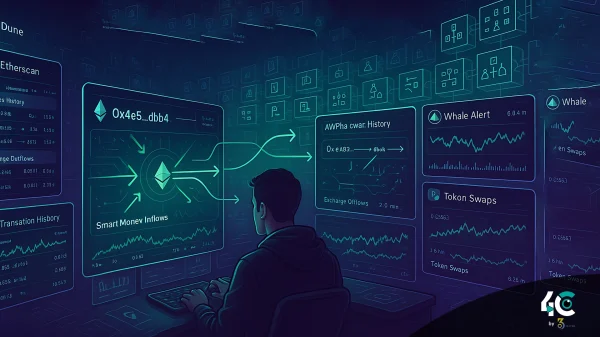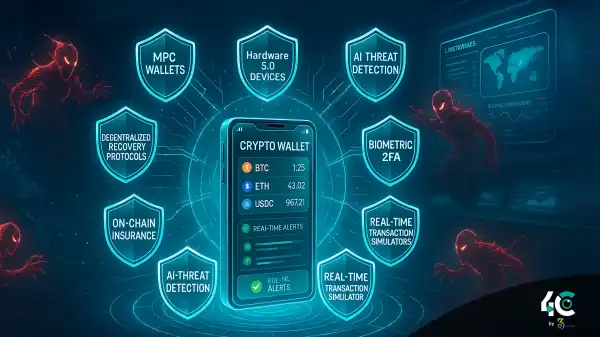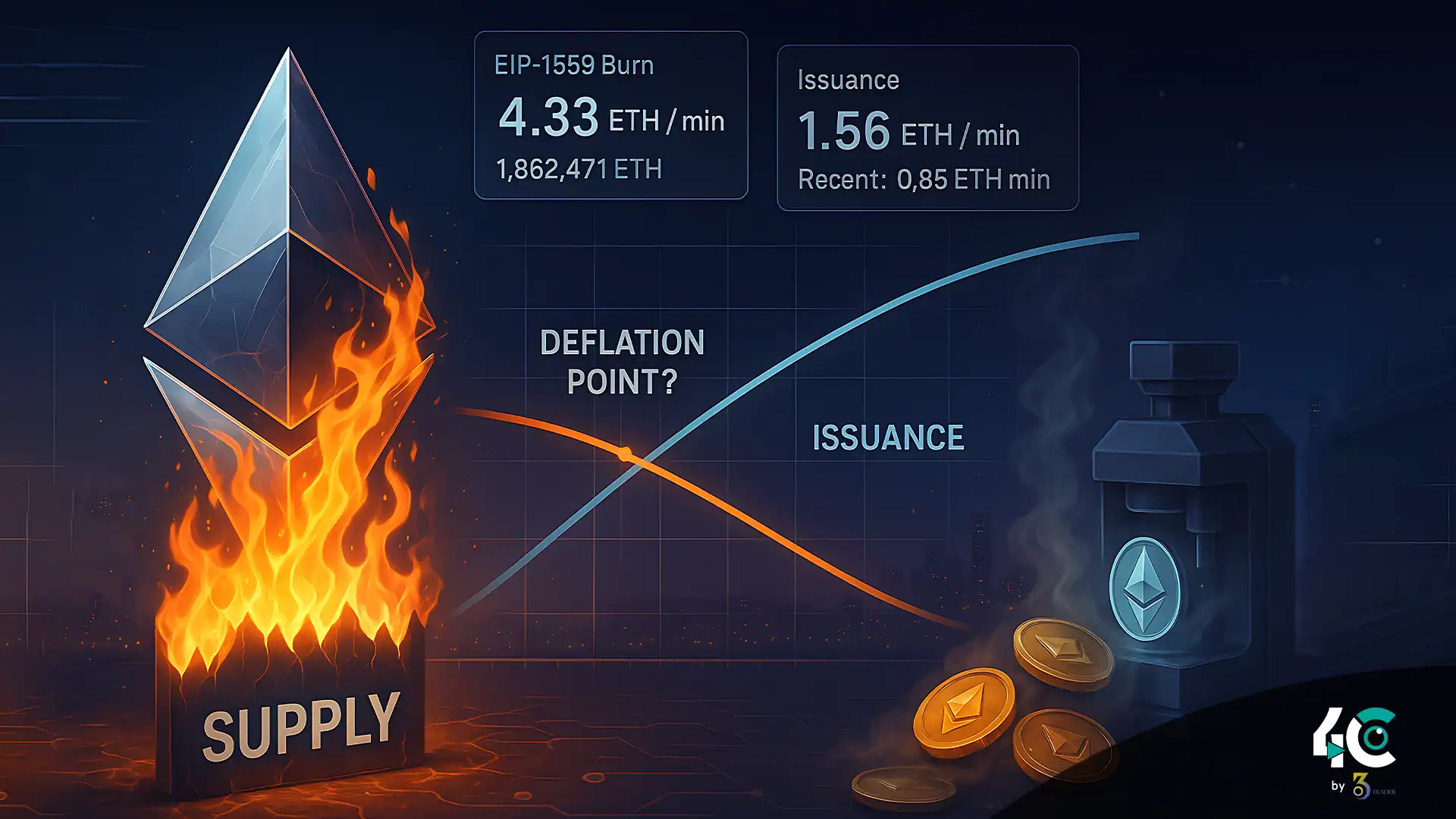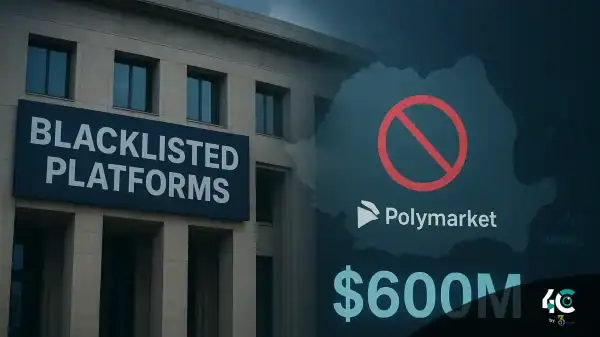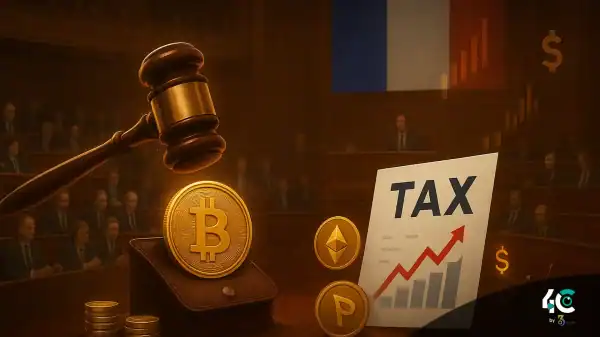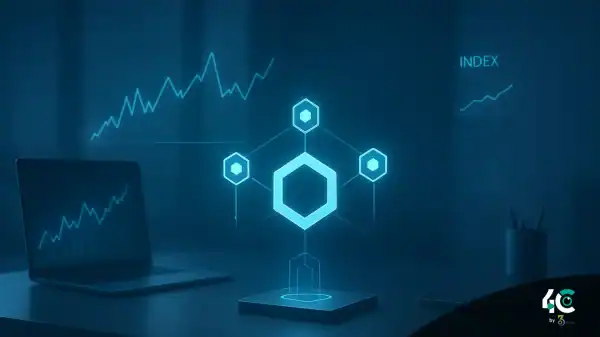Understanding EIP-1559 and Its Impact on Supply
How EIP-1559 Works
A part of the transaction fees called the base fee is burned or stripped off permanently.
Gas prices become more predictable as the fundamental fee varies based on the busyness of the network.
Users can add tips to give miner and validator incentives. These tips are not burned.
Key Variables Affecting Supply Dynamics
The overall amount of ETH that is burned relies on what happens on the Ethereum network.
The Proof of Stake (PoS) validators, who are securing the Ethereum blockchain, receive new ETH issues as rewards.
Calculating issuance less burnt ETH is called net issuance. Ethereum will become deflationary if more ETH is burned.
Modeling ETH’s Deflationary Potential
We look at ETH trends over time and at every price point to measure Ethereum’s acid rain impact.
1. Current Issuance Rates
The yearly issuance of Ethereum under Proof of Stake is much lower than Proof of Work. Estimates suggest:
At the current staking levels, yearly issuance of coin is 0.6%. This means the yearly issuance is roughly 470k ETH.
Each day nearly 1,300 new ETH enters into circulation.
2. Historical Burn Rates
After EIP-1559, there have been over 3 million ETH burned according to the information given at the end of 2023. Daily burn rates depend on network activity.
On days with not much activity, we see 500 to 1,000 ETH being burnt daily.
When it’s highly active, like when popular NFTs mint or DeFi pumps happen, about 5,000–10,000 Ethereum (ETH) gets burned every day.
3. Scenarios for Deflation
Using these inputs, we model three scenarios:
Scenario 1: Baseline Activity
Average daily burn: ~2,000 ETH.
Ethereum’s daily net issuance after considering the issuance and burnt ETH.
It would render Ethereum immediately deflationary.
Scenario 2: Moderate Activity
Average daily burn: ~1,500 ETH.
Every day, 200 ETH more is burned than what gets issued.
Resulting in mild deflation and gradual decline in supply.
Scenario 3: Low Activity
Average daily burn: ~1,000 ETH.
Each day there is an overall issuance of 300 coins.
Consequently, the ETH supply is inflationary but at a much lower place than before the implementation of EIP-1559.
Case Studies: Real-World Observations
Subject: Merging Together in September 2022
Due to the switch to PoS, we have reduced issuance from ~4.3% p.a under PoW to ~0.6%. On very busy days on the Ethereum network – when there are major NFT launches or new DeFi protocols – we see the ETH token acting deflationary briefly while sustained burn rates are maintained.
Yuga Labs‘ Otherside sale resulted in over 6,000 ETH burning, creating a temporary deflationary effect that lasted for a day.
Case Study 2: Bear Market Lull (2022–2023)
When the 2022 crypto winter chilled activity, activity on the crypto network dropped sharply and wallets have been less active. During this period, Ethereum only slightly increased in supply, showing the massive importance of always being used.
Predicting Deflation Timing
According to our models, Ethereum can only always be deflationary if the network is active. Here’s what we project.
High Adoption Scenario
According to a study, DeFi, NFTs, and Layer 2 scaling consistently consume over 2,000 ETH per day.
By early 2024, the price of Ethereum will see constant deflationary reduction.
More and more people are using the platform but it is not happening explosively so the average burn is around 1,500 ETH/day overall.
Sluggish Adoption Scenario
According to the prediction, Ethereum will experience inflation fully and devaluation till end of 2024.
Sluggish adoption leads to low burn rates (~1,000 ETH/day).
Ethereum will go into inflation in terms of issuance in 2024. Many things will speed up or slow Ethereum’s deflation.
As Layer 2 like Arbitrum and Optimism become more popular, transaction fees could go up without sending more ETH to the burn address on mainnet.
Supportive regulation may encourage institutional adoption, thereby enhancing network activity.
Competitor pressure refers to when alternative chains compete against Ethereum which leads to lesser activity and lesser burn.
Final Thoughts: A Deflationary Future?
Only if issuance matches burn can Ethereum be deflationary. Network activity and adoption will affect their balance. The circulating supply of ETH will not contract steadily until demand for blockspace is steady, albeit there have been temporary deflationary periods.
If Ethereum scales, secures and improves usability, we will have more chances for long-term deflation. The new move by Ethereum will align more investors towards creating a decentralized finance ecosystem. It will be beneficial for all the Ethereum investors and users.
Conclusion
If Ethereum experiences a daily inflow of 1,300 ETH which is less than the amount being burnt out by users, it will become deflationary. If adoption remains high (burn rates >2,000 ETH/day), Ethereum could be able to sustain deflation as early as early 2024. Moderate adoption will see alternating inflation/deflation until late 2024. A low-level adoption means there’s a risk of Ethereum remaining marginally inflationary. The timeline will be determined by factors like Layer 2 scaling, regulatory clarity, and competition.



